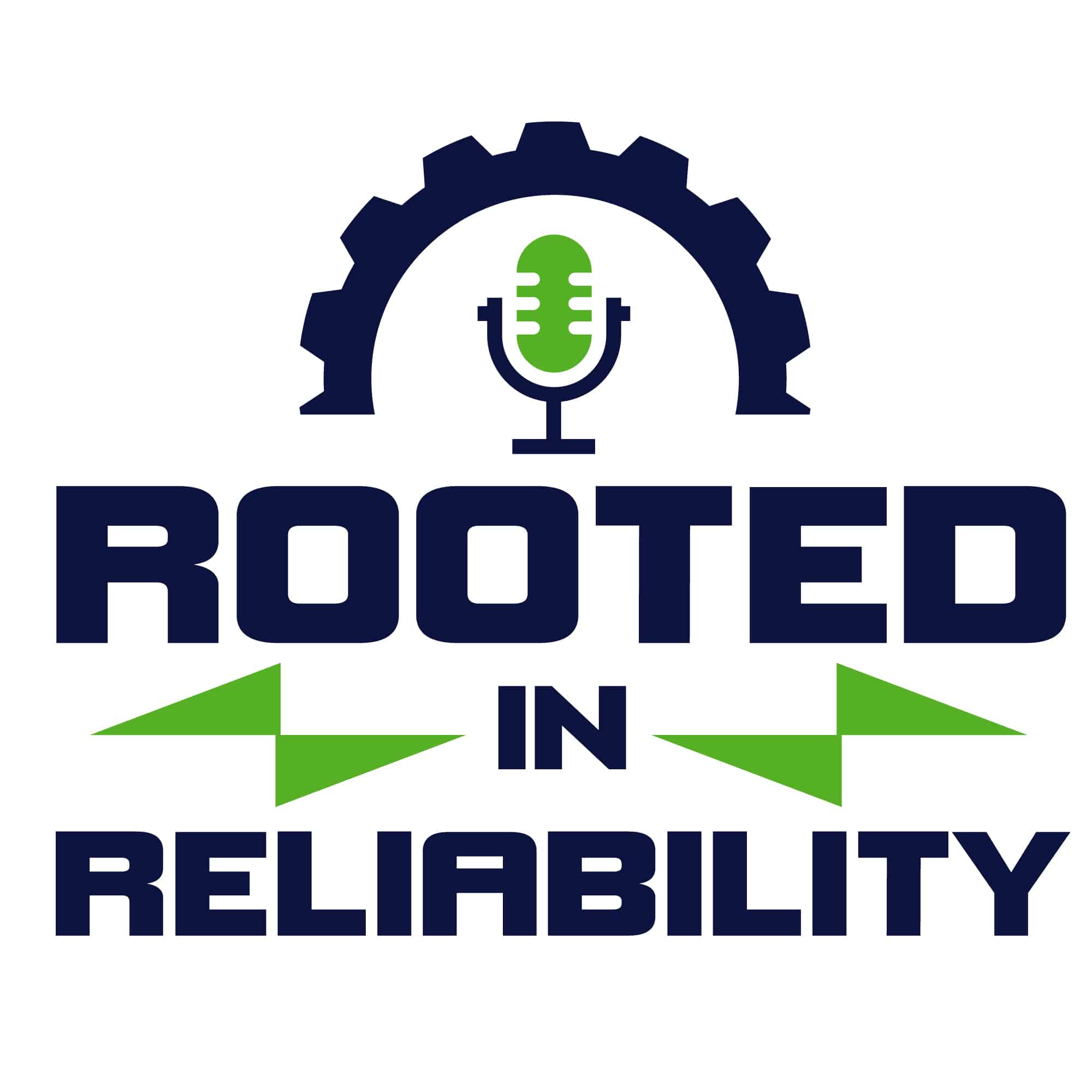
Asset Investment Planning with Paul Daoust
Back with us is Paul Daoust, the founder of Scio Asset Management. He’s also a member of the PEMAC board of directors. Paul’s helped us tackle different topics on several previous shows. That’s due to his extensive experience in the oil, gas, and energy sectors. He’s also gotten life cycle and investment planning experience. That’s while assembling capital and operating projects on various operations.
His knowledge will help us get more insight into:
- What asset investment planning is
- How it works
- Why your organization needs it
- How proposed regulatory requirements affect it
- Where to get the necessary data
… and so much more!
What is asset investment planning?
Asset investment planning is the portfolio management of a series of projects. That’s across the boundaries you want in your organization. It could be district capital projects or sites you’d like to apply it. For this particular topic, we can think of it as asset-related investments. So it could be sustaining capital. It could also be competing projects in operations using OpEx dollars.
As the organization matures, these boundaries can expand. That will allow the different projects and initiatives to compete against each other. You can have this centrally driven or in combination with sites, to effectively and efficiently divide your resources. That’s to deliver the highest value within constraints. So you might have spend or people constraints. Depending on the organization’s objectives, you may have multi goals to analyze.
Optimization is vital, and to work, it needs context. Why are you optimizing? For how long? You have to be clear why you’re optimizing. You can’t optimize for several objectives. But you can make compromises for each one. The way you optimize should be consistent with the organization’s values.
Why do you need asset investment planning?
Research shows that the difference between what organizations have is their typical practice, versus their best practice. That can be in the range of 8%-20% getting wasted through value leakage. So many organizations have a prioritization scheme to do their asset investment planning. That’s a simple deterministic point estimate, cost-benefit type method for making its decisions. However, another approach is fully probabilistic modeling that takes into account all risks. It may also have multiple variables that go into that assessment. With this method, it’s best to jump straight into best practices.
Investment planning and capital allocation is something every organization does. But not all of them do it well. Many of these operations think the way they’re doing it is good enough. But you’re already spending a lot of time and money doing capital investment planning, so it pays to do it well. Research also shows you can reduce your efforts with best practices in place.
With value leakage, this is an open system. You can’t prove how much money you’ve wasted because you haven’t achieved best practice.
What is the process for performing asset investment planning?
The critical difference between good and best practice is whether you have a prioritization or an optimization scheme. Prioritization is deterministic, single-point estimates that give you some cost-benefit rating. It answers the question of which projects can get done within a spend constraint. It helps you understand what your project is worth. That’s in terms of the cost to perform it and the benefits you receive, versus the risks you’d sustain if you don’t do the project.
With optimization, you’re using probabilistic methods. You’re evaluating many alternatives to each solution. You’re doing some math to come up with a fully optimized set of projects. With proper inputs, you’ll end up with better project recommendations than with prioritization.
Who’s conducting the process?
Asset investment planning is best done as a hybrid. That takes into account corporate centralized or enterprise resources, as well as sites. A lot of inputs come from individual project developments. It all starts with excellent problem-solving. With many projects or many alternatives to a problem, first, identify the problem. From there, check different options.
With problem-solving, there are several techniques, such as:
- Risk-based methods for equipment life management
- ASME book for doing it as the asset level
- Financial risk optimization for evaluating many risks at once
- Hubbard Decision Research for probabilistic methods of optimization
With the probabilistic methods, you can use the results to understand the sensitivities. You can also solve for different objectives. That’s because it helps you appreciate your confidence in making the necessary decisions. There are also competencies that practitioners need to develop. Not everyone is good at understanding uncertainty. So that’s a skill that needs improving. Also, how to use probabilistic methods and the modeling tools themselves needs experience.
Does it help us identify funding excesses and deficits?
You can look at your optimization from the time domain. The better tools out there will tell you the ideal projects to go for, as well as the best time to perform them. That can get driven by how it does the optimization, unbounded. Constraints can also define when to perform the analysis. For things that need to get done during a turnaround year, you’ll understand how much value or risk you might be taking on by not performing that task at the optimal year. The optimization approach thus allows you to look at your portfolio investment from a time domain.
So the leadership that makes these decisions also acts as the quality assurance keepers. They make sure no shortcuts get taken. They also need to understand:
- Where the information is coming from
- The uncertainties about inputs
- What are the sensitive variables
How do the proposed regulatory requirements factor into asset investment planning?
Proposed requirements haven’t been implemented. But you can model for them within your organization. It boils down to your confidence in their certainty. If you have a regulatory policy that you’re sure of, you can add that as a must-do. Then you could optimize if more work is necessary, such as frequent inspections. You can also assess the probability of policy changes and what it would mean for the projects it affects.
Where does the data for asset investment planning come from?
The data and information will come from your life cycle cost analysis. But when you’re starting to roll together different risks and projects into your portfolio, extra parameters are needed. You need to understand facts like:
- The enterprise’s risk tolerance
- What are the constraints
- Are they real or somewhat default constraints
- Would you recommend a different spend level
Depending on your portfolio boundary, optimization may need a series of inputs. But some of them are constants like the cost of capital. It’s also a variable you could use as a default starting point to model around.
How often should you do asset investment planning?
The frequency depends on the organization’s timeframe for its business planning. The data and information that goes into the modeling should run throughout an extended amount of time. It could be the end of life of the facility or project. But, you can optimize over shorter periods like every 3-5 years. You’d like to optimize your entire life cycle, but long that will be. But sometimes the constraints the organization has doesn’t allow that. Asset investment planning varies based on your business environment. For instance, a regulated utility may take a little longer than energy, oil, and gas. These could have shorter time horizons and a bit more variability on inputs and outputs.
In summary
For success with asset investment planning, distinguish between good and best practices. It’s a method with a modest investment in your people’s competencies, along with some tools. That makes it possible to step from good, better, to best practice in a single move. That’s because you already spend time and effort in the process. You’re already losing money through value leakage and not making the best decisions. Choose optimization over prioritization.
Eruditio Links:
Paul Daoust Links:
- Scio Asset Management
- Paul Daoust Linkedin
- PEMAC.org
- Paul Doast on Medium
- Hubbard Risk Management Books

Rooted In Reliability podcast is a proud member of Reliability.fm network. We encourage you to please rate and review this podcast on iTunes and Stitcher. It ensures the podcast stays relevant and is easy to find by like-minded professionals. It is only with your ratings and reviews that the Rooted In Reliability podcast can continue to grow. Thank you for providing the small but critical support for the Rooted In Reliability podcast!
Leave a Reply